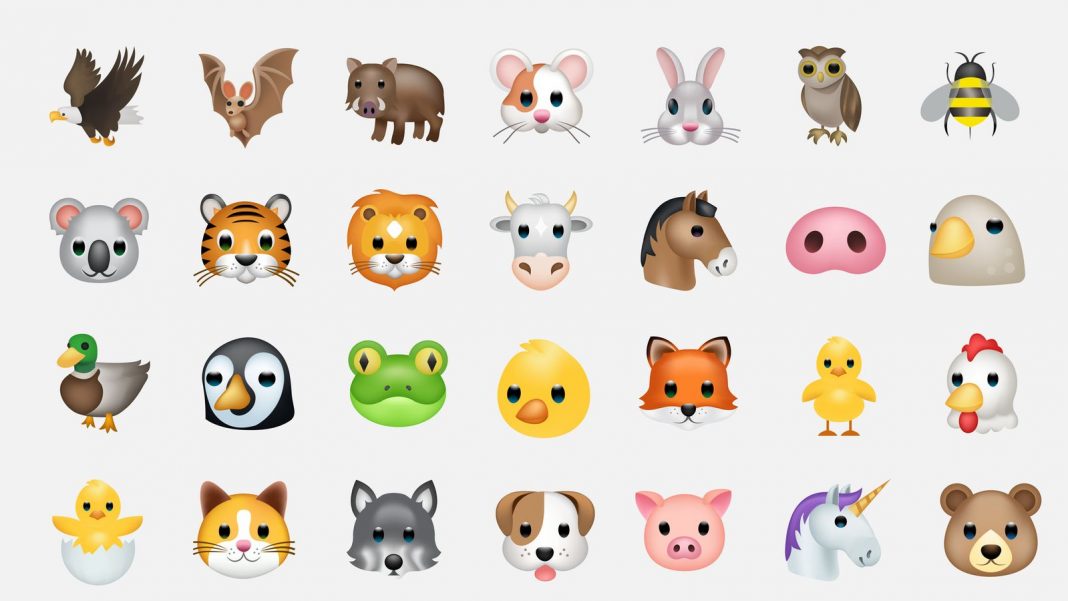
Emojis should better reflect the breadth of biodiversity on planet Earth, scientists have said.
The library is too skewed towards animals like ?, ?, and ? (oh my), according to a study in the iScience journal, leaving plants, fungi, and microorganisms underrepresented.
Biologists who carried out the research said the icons were now such a key part of our modern lexicon that a more varied catalogue could aid conversations around biodiversity and conservation.
They added: “In our increasingly digitised society, we should not underestimate the potential of emojis to raise awareness and foster appreciation for the diversity of life on Earth.”
Whatever app you’re using, stock emojis are determined by the Unicode Emoji Subcommittee.
It updates the catalogue regularly, such as to add more human skin colours and genders.
During their analysis of the current line-up, using the website Emojipedia, the University of Milan researchers categorised every icon related to nature and animals.
They found 112 in total – 92 animals, 16 plants, and a solitary fungus and microorganism.
Even among the animals, they found a diversity issue.
For example, while we get multiple bears (? and ?❄️) and a specifically bald eagle (?), others are only identifiable at a genus or family level – like ants (?) or crocodilians (?).
The Emojipedia even says of the croc icon: “May resemble and be used for an alligator.”
Read more:
TikTok’s Tube Girl on her rapid rise to fame
2022’s biggest film returns – now as a video game
Scientists make VR goggles for mice to experience fear
Overall, a whopping 76% of animal emojis are vertebrates.
Only 16% are arthropods (like insects and crustaceans), just 4% are molluscs, 2% are cnidarians (think underwater creatures like jellyfish and coral), and 1% are annelids (such as worms and leeches).
And there are none whatsoever representing nematodes or platyhelminths. That’s right, not one tapeworm emoji.
Researchers said the divide was “problematic”, though noted emoji biodiversity did appear to be increasing.
Compared to 2015, the number of animal icons has more than doubled – and annelids weren’t represented at all until 2020’s addition of a nondescript worm.
Cnidarians got their first emoji a year later via a coral.
Researchers said an ever-updating catalogue would help people “discuss a range of biodiversity-related topics and sentiments more effectively, beyond the icons depicting iconic species”.







